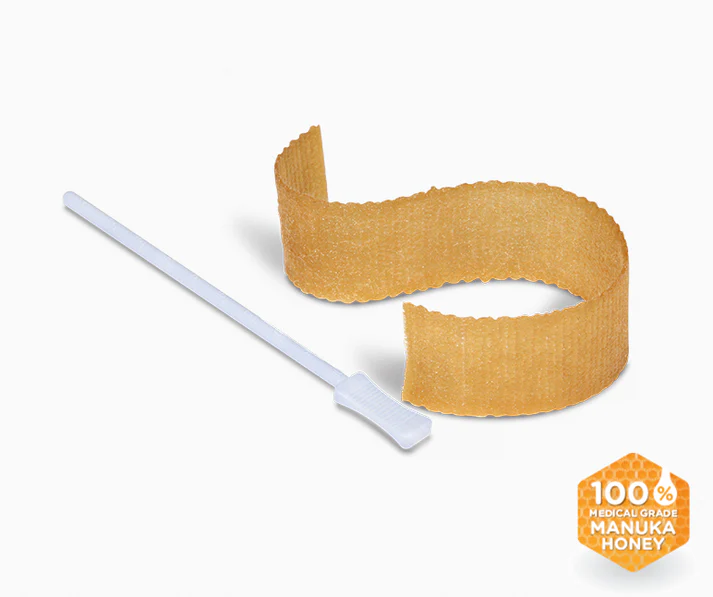
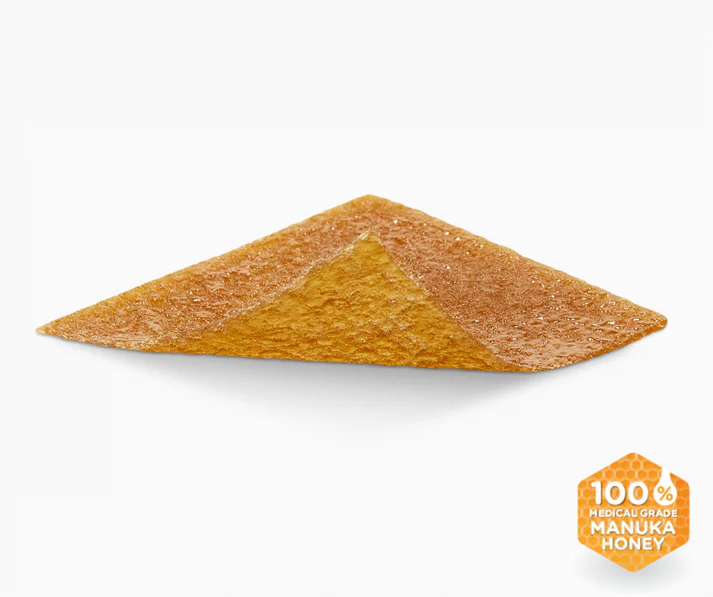
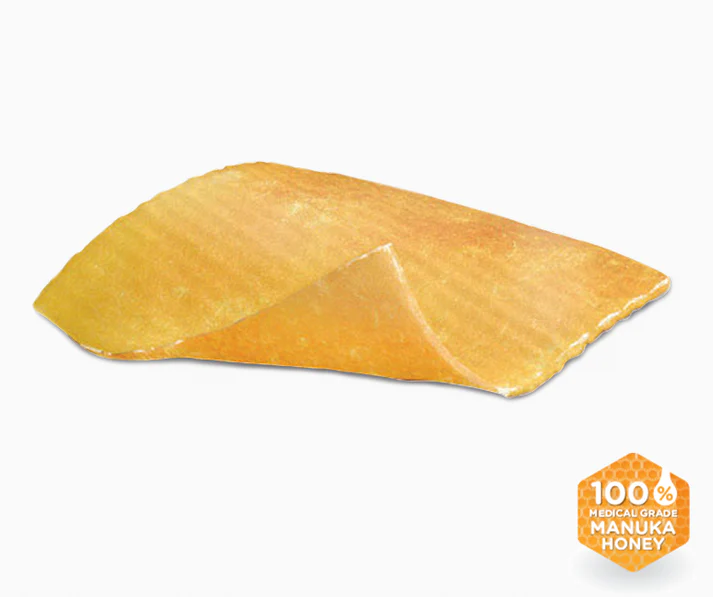
Actilite
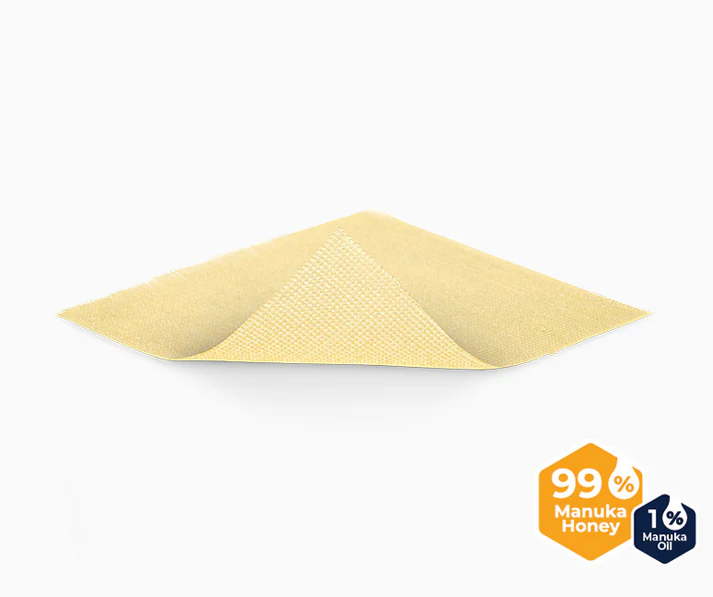
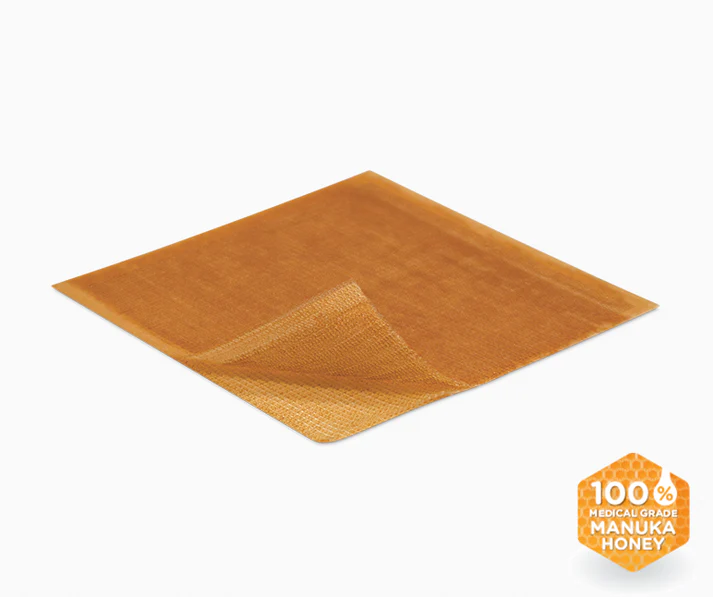
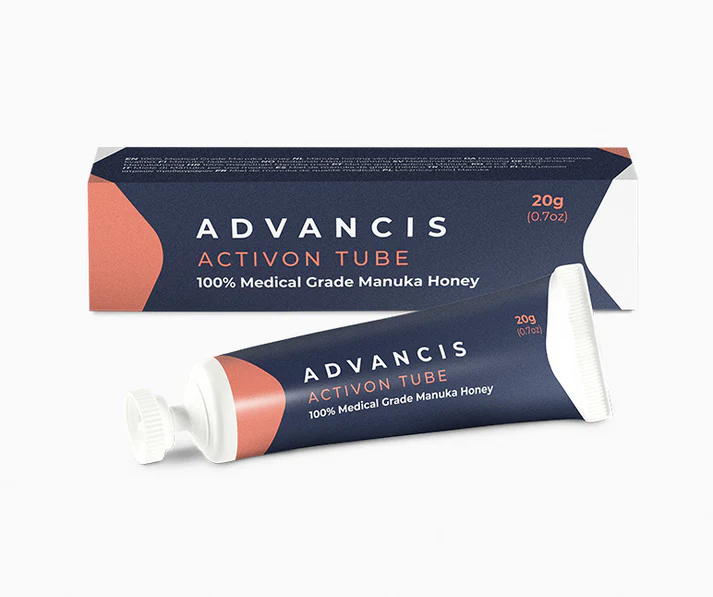
What is Manuka honey?
Manuka honey is made by bees from the nectar of manuka flowers. The manuka shrub (Leptospermum scoparium) is native to New Zealand. The Māori people have long valued the plant for its healing properties and use manuka bark and leaves to treat a wide range of ailments, from colds to skin conditions.
The Activon range of dressings has been expertly developed to support all stages of wound healing – from initial dressing to granulation and epithelialization.
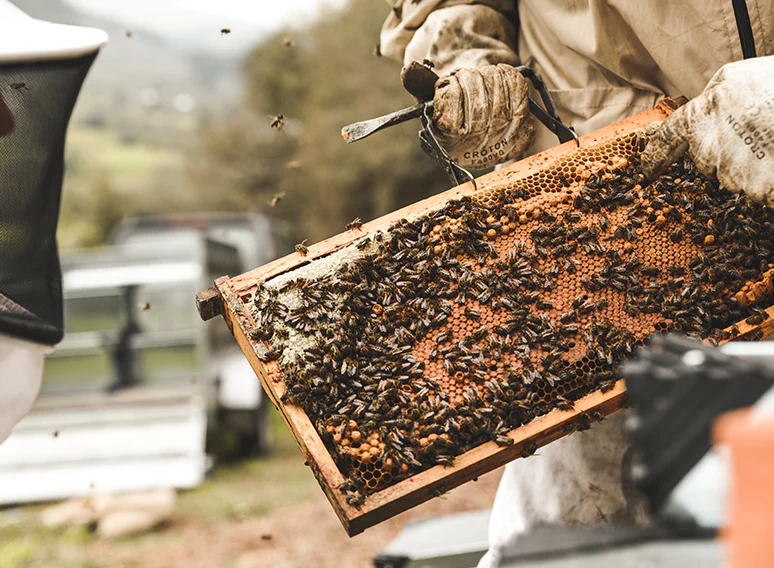
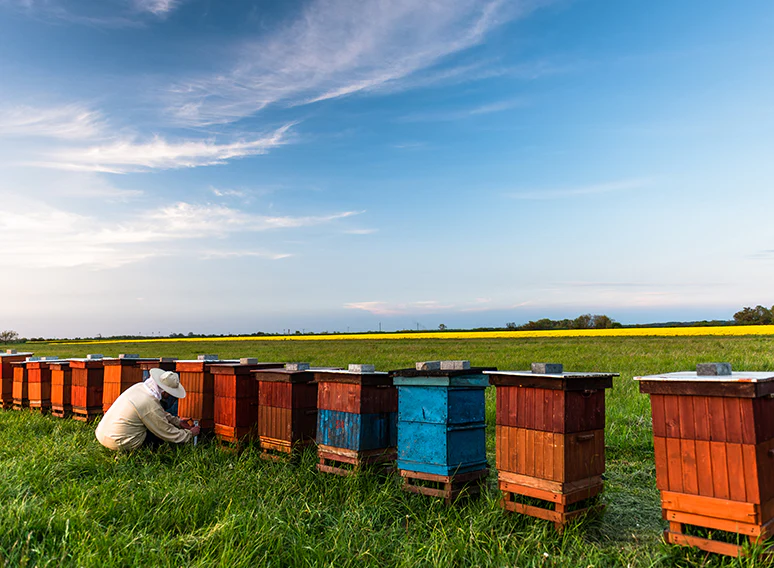
Manuka honey and wound care
Advancis was the first company to introduce medicinal manuka honey to the UK. Since 2004, we have been working with leading clinicians, patients and their caregivers to develop our wound management solutions using the latest advances in material technology.
The use of honey in wound management is now well established and many clinicians are successfully using medicinal honey products for various types of wounds. The osmotic effect, high sugar content, low pH and hydrogen peroxide all contribute to honey’s ability to inhibit microbial growth.¹,²
The 5 main benefits of Manuka honey
01 Inhibits germs
Manuka honey contains high concentrations of methylglyoxal (MGO)³, an important component that is also effective against MRSA, MSSA and VRE, as well as biofilms.
02 Facilitates autolysis
The sugar naturally present in honey draws fluid from the wound bed. This osmotic effect facilitates autolysis by drawing exudate from the wound and removing debris.
03 Supports granulation and epithelialisation
The osmotic effect of honey also rehydrates dead tissue and stimulates the flow of lymph fluid, which is needed for cell growth and to promote granulation and epithelialisation.
04 Reduces odour formation
The smell of a wound is often caused by ammonia and other strong-smelling products secreted by bacteria. When honey is used, these bacteria feed on its sugar rather than on the wound tissue. The by-product secreted is odourless lactic acid.
05 Ensures a moist wound environment
Manuka honey maintains a moist wound environment and thus supports the wound healing process.
- Speer, S.L.; E Schreyack, G. Manuka honey: an essential ingredient in tissue engineering. J. Sci. Eng. 2015, 6, 1-3.
- Johnston, M.; McBride, M.; Dahiya, D.; Owusu-Apenten, R.K.; Nigam, P.S. Antibacterial activity of Manuka honey and its constituents: An overview. AIMS Microbiol. 2018, 4, 655-664.
- Cooper, R. and Gray, D. (2012) Is manuka honey a credible alternative to silver in wound treatment? Wounds UK, Vol. 8, No. 4.

